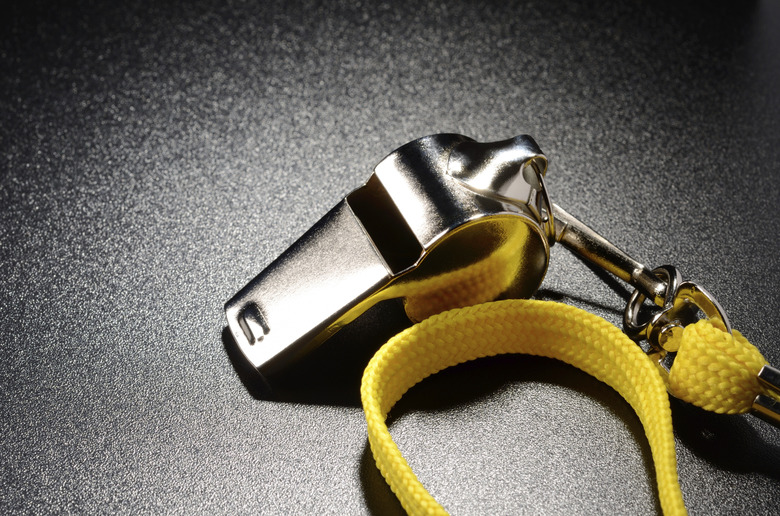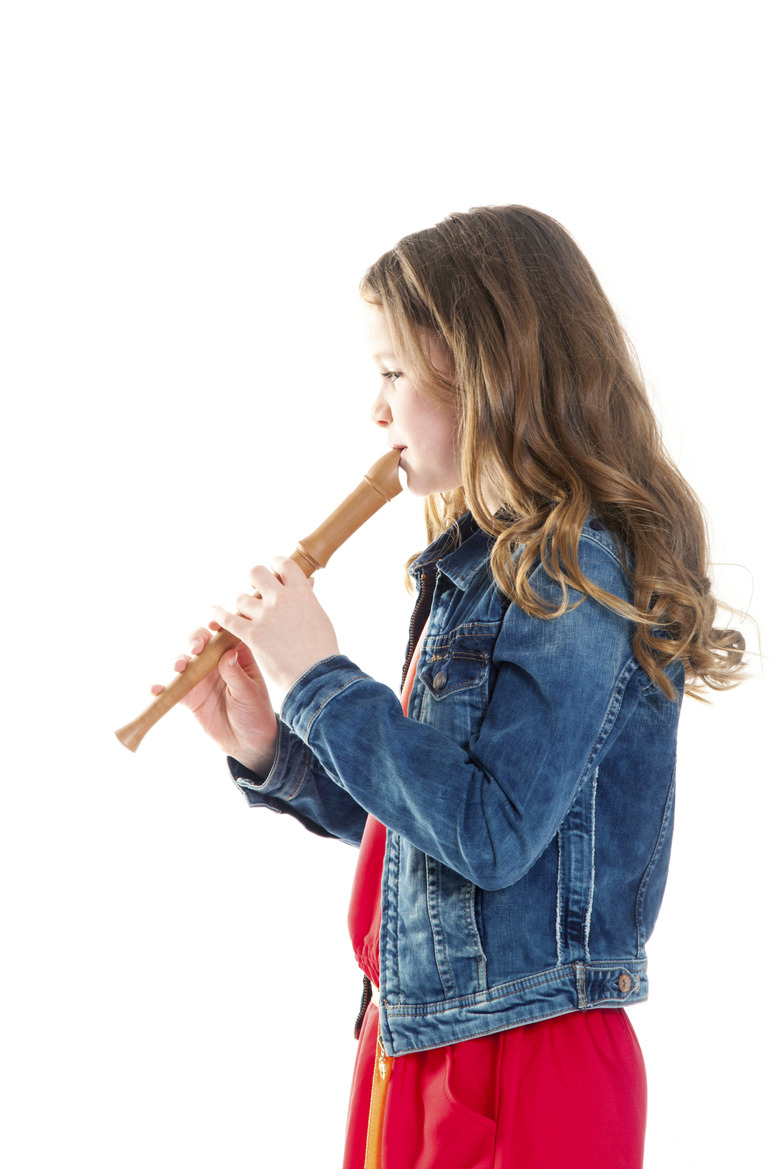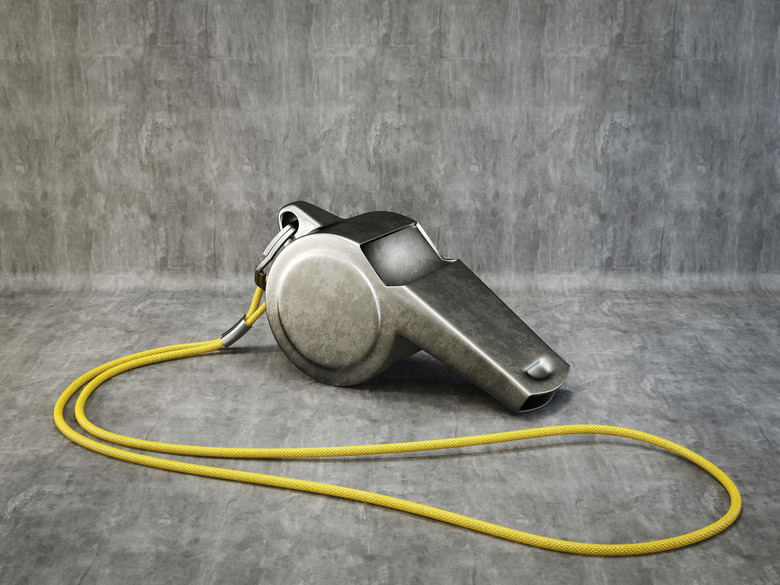How Does A Whistle Work?
Whistles often pierce the fabric of daily life: a referee makes a crucial call in the final moments of a game; a crossing guard signals children that it's okay to cross the street; and a pet owner calls in a dog that has wandered too far. Trains or ships signal their approach. While the concept of the whistle is simple, learning how it works involves knowledge of both music and physics.
The Basic Idea
The Basic Idea
A simple experiment illustrates the basics — purse your lips and blow, or blow across a bottle opening. Whistles are aerophones, a family of instruments that produce sound by forcing an air mass through a restricted space, thus creating vibration. Aerophones include brass, woodwinds, pipe organs and even harmonicas. The typical whistle is constructed of metal, plastic or wood, with metal creating the strongest amplifying effect and wood creating the softest, as it absorbs more sound.
Inside the Whistle
Inside the Whistle
Blowing a whistle forces air through the mouthpiece's rectangular tube until it runs into a slotted edge. The slot divides the air in two, creating oscillating sound waves that then tumble around the resonate chamber, or barrel. As the compressed air escapes from the hole on the other end, it creates an audible pitch. The pitch frequency is determined by length — longer whistles produce lower pitches and shorter whistles produce higher pitches. Some whistles have a ball inside the chamber, often made of cork or synthetic cork, that bounces around, further disturbing the molecules to create a trilling effect. Steam whistles use steam to propel the air, which can make them quite loud.
Cite This Article
MLA
Cushman, Kyle. "How Does A Whistle Work?" sciencing.com, https://www.sciencing.com/a-whistle-work-4601984/. 24 April 2017.
APA
Cushman, Kyle. (2017, April 24). How Does A Whistle Work?. sciencing.com. Retrieved from https://www.sciencing.com/a-whistle-work-4601984/
Chicago
Cushman, Kyle. How Does A Whistle Work? last modified March 24, 2022. https://www.sciencing.com/a-whistle-work-4601984/


